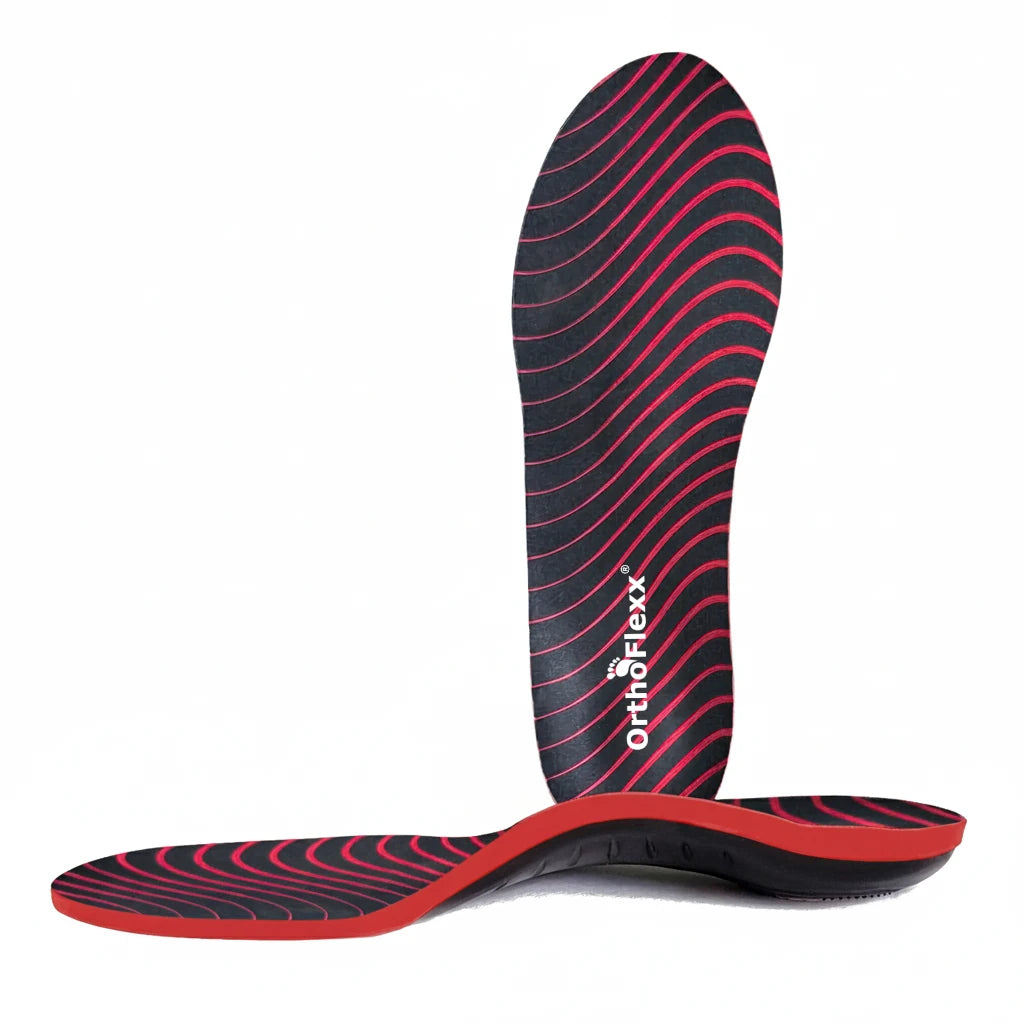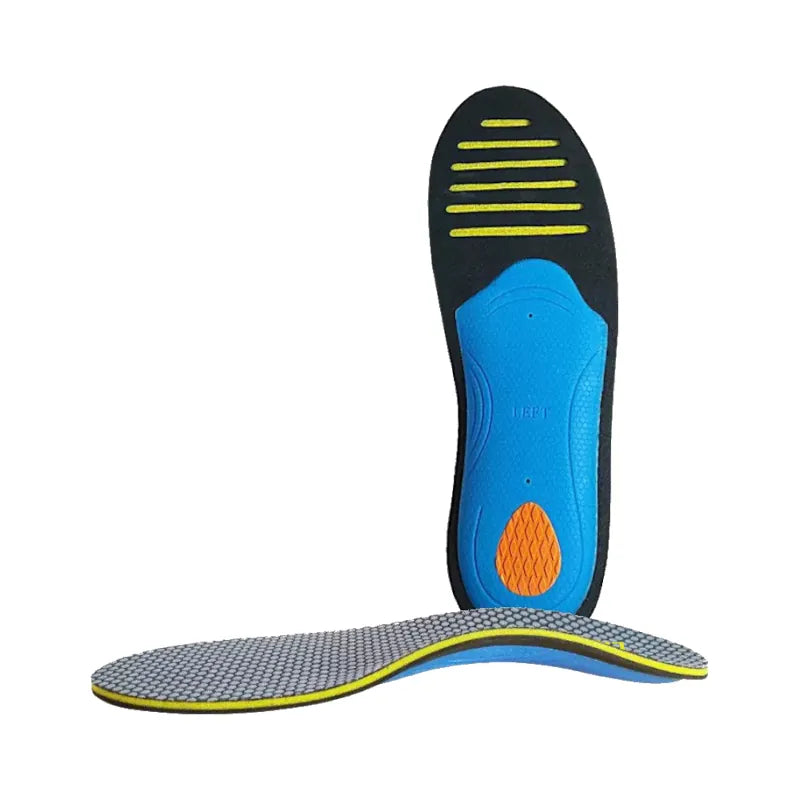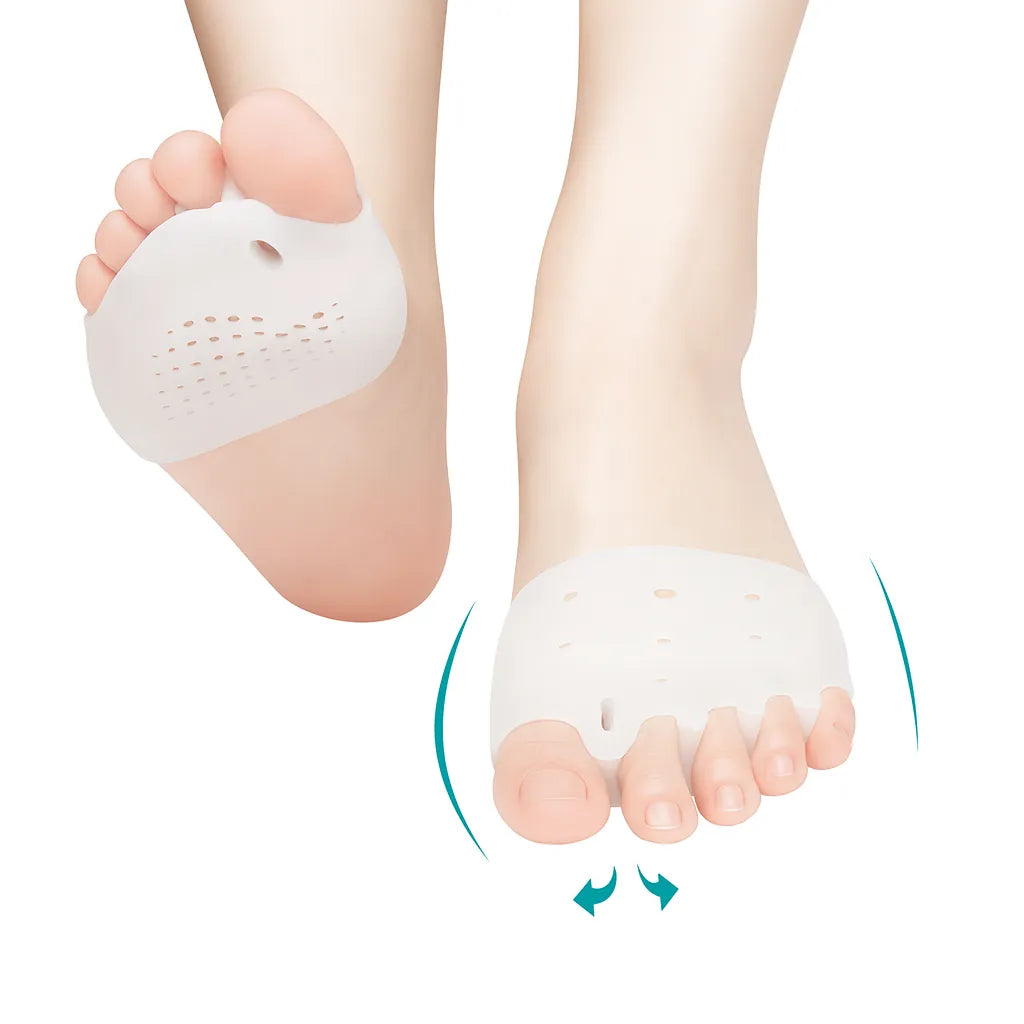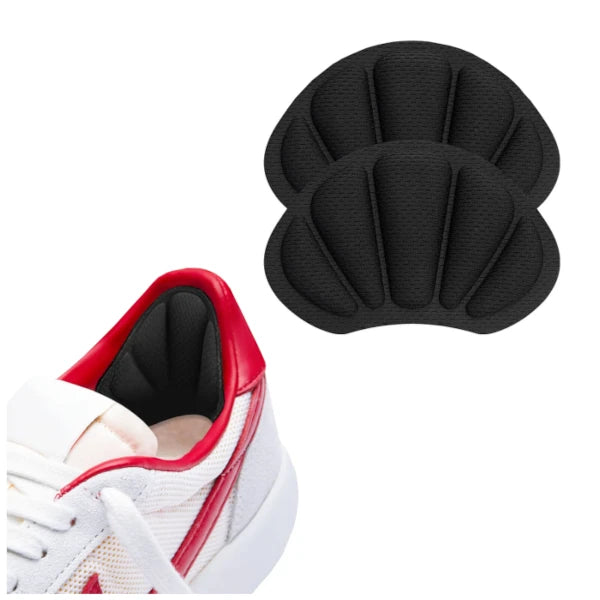
5 treatments for Plantar Fasciitis
Share
If you’re experiencing pain in the bottom of the foot when you take your first steps out of bed in the morning, you know what plantar fasciitis feels like.
Over 3 million Americans suffer from the same problem every day, which is caused by inflammation of the plantar fascia, that thick band that goes from your heel to your toes.

The pain is typically described as a sharp pain in the heel that’s worse with the first steps in the morning or at the end of the day after being on your feet for long hours.
As we explained in another article, Plantar Fasciitis has a multitude of factors that can contribute to developing this condition such as poor biomechanics, obesity, standing or walking for many hours of the day, and stiff calf muscles, for example.
But this is not an easy condition to predict or treat, with some people developing the pathology while others with the same routine don’t.
We will give you some tools to help you find the best way to deal with the pain and resume normal daily activities:
1. Rest
Probably the most important part of the treatment is to stop whatever activity is causing you pain.
If the activity makes you immediately feel pain, that’s probably the cause of the inflammation, to begin with.
Many patients refer to this as a crucial measure, combined with the other treatments;
2. Stretching
It’s also very important to keep the structural function of the plantar fascia, that’s where the stretching enters the treatment plan.
Should not be done while there’s inflammation, potentially doing more bad than good at that stage.
After the inflammation go away, you’re free to stretch the calf muscle and plantar fascia;
3. Shoe insoles and good footwear

That’s the third gold standard, wearing adequate shoes and a good pair of insoles can improve your overall pain, improve your posture, and consequently your quality of life.
You can pick if you want a custom-made insole (a more expensive option) or an off-the-shelf insole (a cheaper option), it’s up to you.
Studies show no difference between custom-made and good-quality insoles when asking plantar fasciitis patients which one they prefer;
4. Compression socks and heel pads
These are small strategies that can have a good impact on some people and not so much on others. We think you should definitely give them a try and see how it works for you.
Compression socks and heel pads can be beneficial for plantar fasciitis patients, improving your comfort level and overall daily life.
Try to read some reviews and advise on which ones are the best since there’s a huge market for these two items;
5. Night Splints
Another additional measure you can follow, it’s to use a night splint to treat plantar fasciitis.
It will help keep your ankle in a neutral position overnight, stretching the calf and plantar fascia and relieving the tension from those regions while you sleep.
Remember that these treatments may work differently for each individual, and it's essential to consult a healthcare professional for personalized advice and recommendations.
Author Bio
Marlene Carvalho
Certified Sports Physiotherapist of Elite and Olympic athletes; Performance Coach to racing drivers
Marlene Carvalho is a sports physiotherapist passionate about all things sports.
References
- Riddle DL, Pulisic M, Pidcoe P, Johnson RE. Risk factors for plantar fasciitis: a matched case-control study. J Bone Joint Surg Am. 2003 May;85(5):872-7. doi: 10.2106/00004623-200305000-00015.
- Lee SY, McKeon P, Hertel J. Does the use of orthoses improve self-reported pain and function measures in patients with plantar fasciitis? A meta-analysis. Phys Ther Sport. 2009 May;10(2):12-8. doi: 10.1016/j.ptsp.2008.12.002. Epub 2009 Mar 3.
- Irving DB, Cook JL, Menz HB. Factors associated with chronic plantar heel pain: a systematic review. J Sci Med Sport. 2006 Aug;9(4):11-22. doi: 10.1016/j.jsams.2006.02.004.
- Digiovanni BF, Nawoczenski DA, Malay DP, Graci PA, Williams TT, Wilding GE, Baumhauer JF 3rd. Plantar fascia-specific stretching exercise improves outcomes in patients with chronic plantar fasciitis. A prospective clinical trial with two-year follow-up. J Bone Joint Surg Am. 2006 Jul;88(8):1775-81. doi: 10.2106/JBJS.E.01281.
- Barrett SL, O'Malley R. Plantar fasciitis and other causes of heel pain. Am Fam Physician. 1999 Dec 1;60(9):2247-2256.














